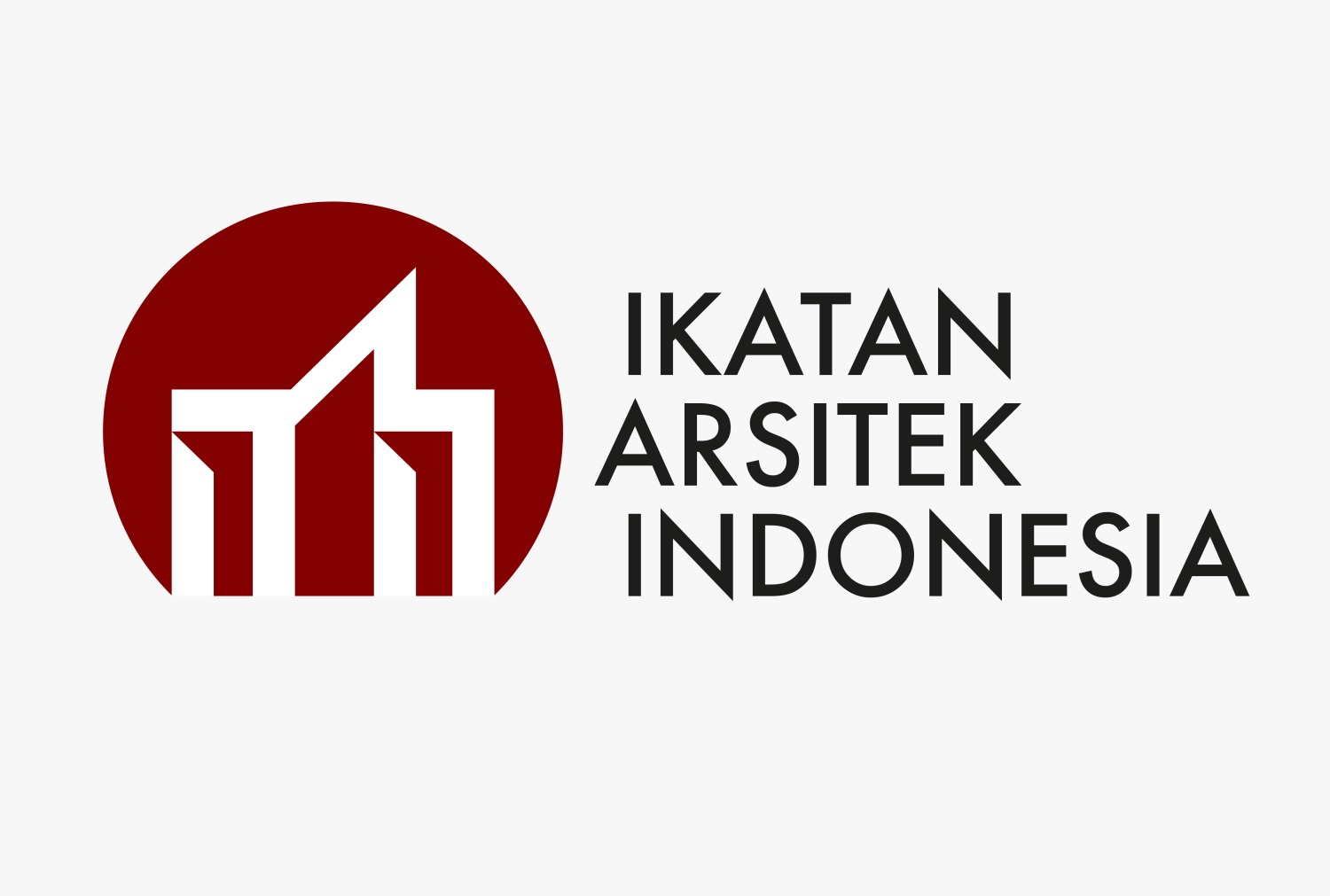KAJIAN DESAIN EMBUNG DI TEPIAN KOTA YANG MENGARAH PADA PENGEMBANGAN EKOWISATA BERBASIS EKONOMI KREATIF
DOI:
https://doi.org/10.31101/juara.v1i2.785Abstract views 1731 times
Keywords:
lake, ecotourism, creative economicAbstract
Downloads
References
Chiara, De Joseph dan Lee E. Koppelmean.1990. Standar Perncanaan Tapak. Erlangga. Jakarta.
Chuang, Shu-Tzu. 2010. Rural Tourism: Perspective from Social Exchange Theory. Social Behavior and Personality Journal. Volume 38, Nomor 10, Halaman 1313. Taiwan: Society for Personality Research (Inc.)
Frick, Heinz.2007. Dasar-Dasar Arsitektur Ekologi. Kanisius. Yogyakarta.
Hidayati, Rini.2013. Teori Lanskap. Universitas Gadjah Mada.
Waluyo, Aris Adi.2009. Pusat Pelestarian dan Pengembangan Tanaman Hias di Karanganyar. Universitas Muhammadiyahh Surakarta Lippsmeier, George, Bangunan Tropis, Jakarta, 1985
White, Edward T.1985. Analisis Tapak. Intermedia. Bandung.
Downloads
Published
How to Cite
Issue
Section
License
With the receipt of the article by the JUARA and the decision to be published, then the copyright regarding the article will be diverted to Journal of JUARA. Universitas 'Aisyiyah Yogyakarta as the publisher of Journal of JUARA hold the copyright regarding all the published articles in this journal.
Journal of Health Studies is licensed under a Creative Commons Attribution-ShareAlike 4.0 International License.




